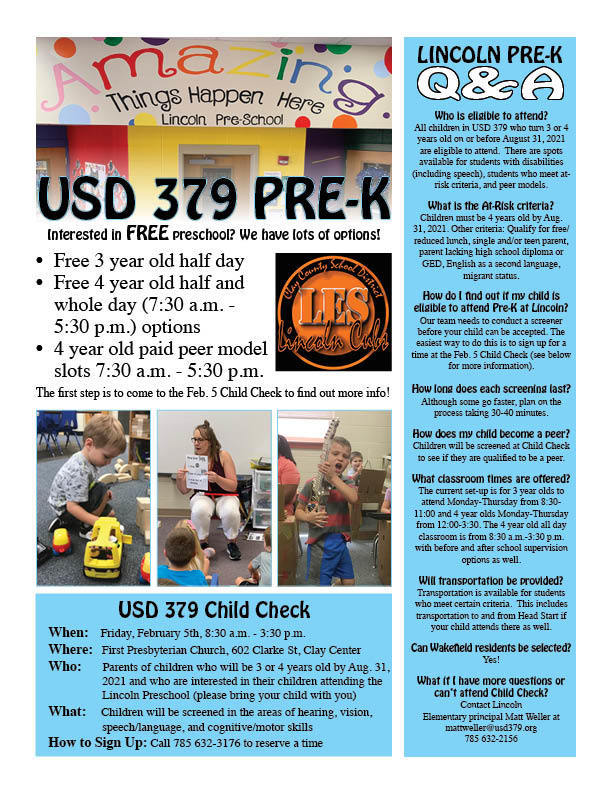ComputerBasics
Day 1 (Jan. 21/23): History of Computers.
History of Computers
Unit 3: Stone Soup. Muth One Riddle, One Answer. By Lauren Thompson illustrated by Linda S. Wingerter Time For Kids: Saving the Sand Dunes. The Jones Family. GRADE 6: MODULE 2A: UNIT 1: LESSON 6 Getting the Gist: Steve Jobs Commencement Address (Focus on Paragraphs 6-8, and connecting to Chapter 6) Long-Term Targets Addressed (Based on NYSP12 ELA CCLS) I can cite text-based evidence to support an analysis of informational text. Grade 6 – 2005 pg. 19 6th grade Task 2 Money Student Task Analyze and interpret bar chart information to determine how much money was spent by four children. Write a description to fit a fifth child’s bar chart.
Day 2 (Jan. 24/28): CHIPS
•CHIPS (Computer History InternetPuzzle Search)
Day 3 (Jan. 29/31):
CHIPS DUE
Unit 6energymr. Mac's 6th Grade Language Arts
Bill Nye the Science Guy: Computer Science

Day 4: (Feb. 3/5)
Learn 360 Video on History of Computers:
username: 1576dcgm
password: haea11
Day 5/6: Computer Basics Vocabulary
•ComputerTerms
•DesktopTerms
Mac Desktop and Labeling
Basics Mac vs PC / Care and Safety.
Need Headphones.
Watch Videos, complete worksheet, take care and safety quiz.

Day 6: Computer Basics Review
Embed gadget
Think you're ready for the test? Ok to do the HOUR OF CODE
Day 7: Computer Basics Test
Day 8: Robots of the future

Watch Video and complete worksheet.


Create yourown Robot.
File - make copy - RENAME
p6_1 Lastname, Firstname Robot
Type answers to each question, using complete sentences.
Unit 6energymr. Mac's 6th Graders
Insert drawing and draw a picture of your robot. (wrap text)
Insert image and search for image to add (wrap text)
Should all be on 1 page. Share w/one other student to proof.
Day 9:
Finish Robots. Last Class day to work on them. Proofread, print and turn in.
Robotics WebSites
Go to these websites to learn more about robotics and designing robots.
Virutal Roboticx lab - more complex (continue without saving)
LowLIfe Labs: Robots and Us - informational
HOUR OF CODE - programming skills required for robotics!
Unit 1: Energy and Simple Machines
Unit Overview: The study of energy will provide a better understanding about its various forms, transformations, and uses. Students should be able to design systems that will demonstrate the use and transformation of energy. As they continue exploring the concept of energy, students will know the application of potential, kinetic and mechanic energy through simple and complex machines. Students should be able to design a complex machine that will use at least one form of energy, and should be able to explain such energy transformations.
Unit 2: Weather and the Atmosphere
Unit Overview: The unit studies physical properties of matter, energy transformations, as well as how energy is released or absorbed as light and as heat. This will provide a context for how weather conditions are produced in the atmosphere, and how weather events affect life in specific regions. Students may build tools to investigate weather in their local area, gathering and analyzing patterns and trends to describe weather conditions, make informed predictions, and explain hazardous weather conditions.
Unit 3: Diversity of Life
Unit Overview: Diversity of life is seen through the study of cells. Prokaryotic and eukaryotic cells, and animal and plant cells, are observed to describe their structure and to explain how these cells make different organisms. Students will understand how cells are the primary source for biodiversity, and will learn to classify organisms according to similarities and differences at the cellular and organism level, as well as using internal and external structures in living things. Students will also study how different organisms have different energy needs to live. They will understand that energy flows through ecosystems in one direction, usually from the Sun, through producers to consumers and then decomposers, in which its balance is the result of interactions between living and nonliving things. Students will be able to construct models of biomes and/or ecosystems they investigate and that will visually represent their explanation about how energy is used and transformed by different organisms in an ecosystem.
Unit 4: Interdependence
Unit Overview: This unit continues the study of ecosystems and how living things interact with all physical factors in their living environment. Each ecosystem has its own set of environmental conditions that determine biodiversity. Climatic factors, competition among populations, and changes in environmental conditions help maintain a balance in the growth of certain populations. All living things have adaptations that enable them to live within ecosystems under specific environmental conditions. Abrupt changes in the environment will make living things change, adapt, or migrate, in order to preserve life. During and after this unit of study, students should be able to investigate how changes in physical factors affect the survival of living things in particular biomes and/or ecosystems.
